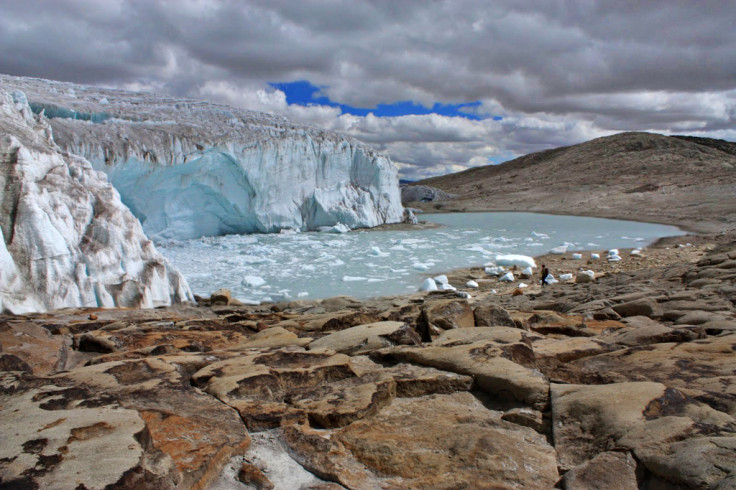Peru's Quelccaya Ice Cap Melting Due to Rising Global Temperature, Not Snowfall

Peru's Quelccaya Ice Cap, which has become the "symbol for global climate change", is melting because of rises in the Earth's temperature, not snowfall as previously believed.
The ice cap sits 18,000 feet above sea level in the Peruvian Andes and is the largest ice mass in the tropics.
It's dramatic shrinkage in recent decades has made it a symbol for climate change and researchers looked to establish what is causing the ice to melt at such a fast rate.
While the retreat of the Ice Cap is well-documented, the reason for its demise is not, with climate change and rising global temperatures never proven as the direct cause of melting. Other suggestions about the retreat include precipitation, humidity and solar irradiance.
Scientists at Dartmouth College, in the US, used field mapping combined with a surface exposure dating method to look at how the Quelccaya Ice Cap has expanded and retreated over the last 1,000 years.
Published in the journal Geology, their study is the first to compare a record of past glacial extents with annual dated ice core records from the same ice mass.
"This is an important result since there has been debate about the causes of recent tropical glacial recession."
Co-author Meredith Kelly
Findings showed a significant cooling event, known as the Little Ice Age. They also found glacier sediments to mark the position of Qori Kalis, an outlet glacier of the Ice Cap.
The researchers found that Qori Kalis advanced to its maximum position 50 years ago and then retreated, with only very minor advances since that time. Their study indicates temperature was the driving force of glacial expansion and retreat.
Their research also suggests there is a regional consistency among other glaciers in similar to Qori Kalis in terms of their expansion and retreats.
Meredith Kelly, co-author of the study, said: "This is an important result since there has been debate about the causes of recent tropical glacial recession – for example, whether it is due to temperature, precipitation, humidity, solar irradiance or other factors.
"This result agrees with Professor Lonnie Thompson's earlier suggestions that these tropical glaciers are shrinking very rapidly today because of a warming climate."
© Copyright IBTimes 2025. All rights reserved.






















